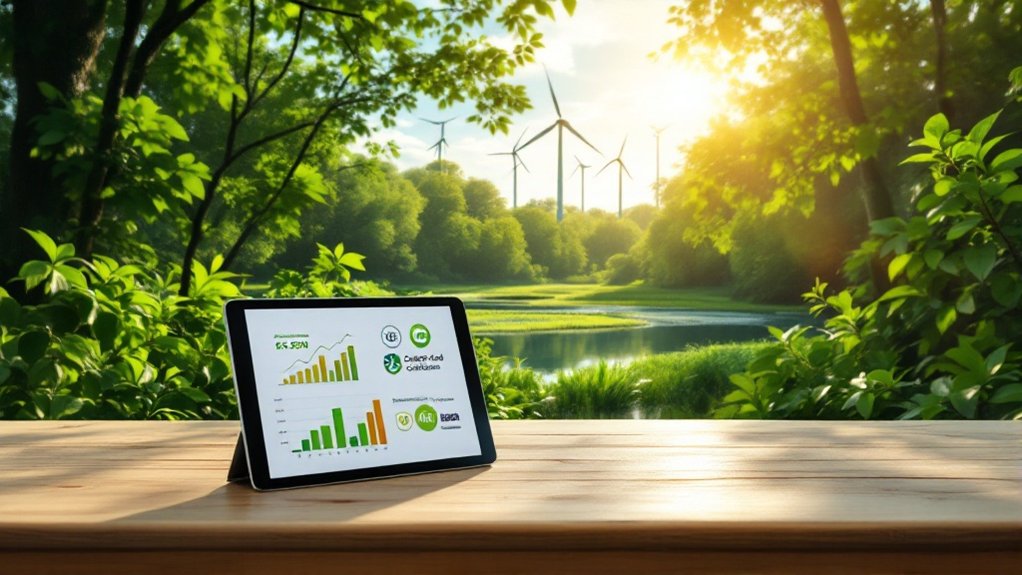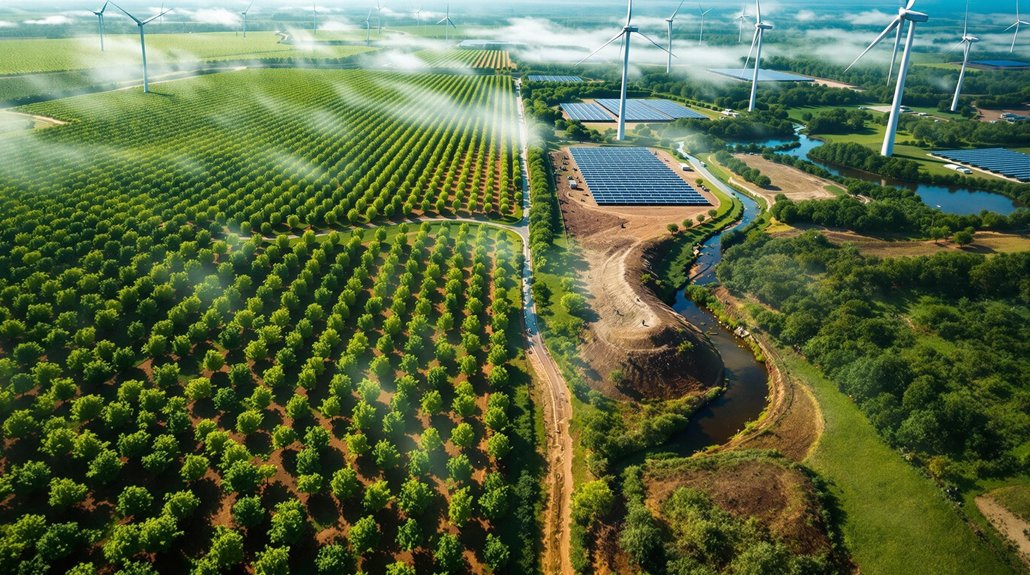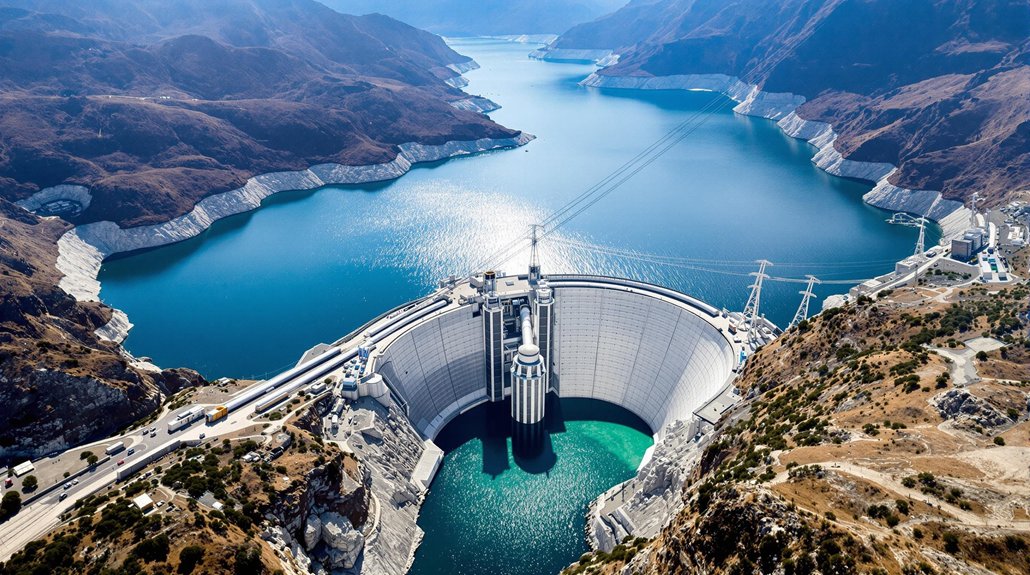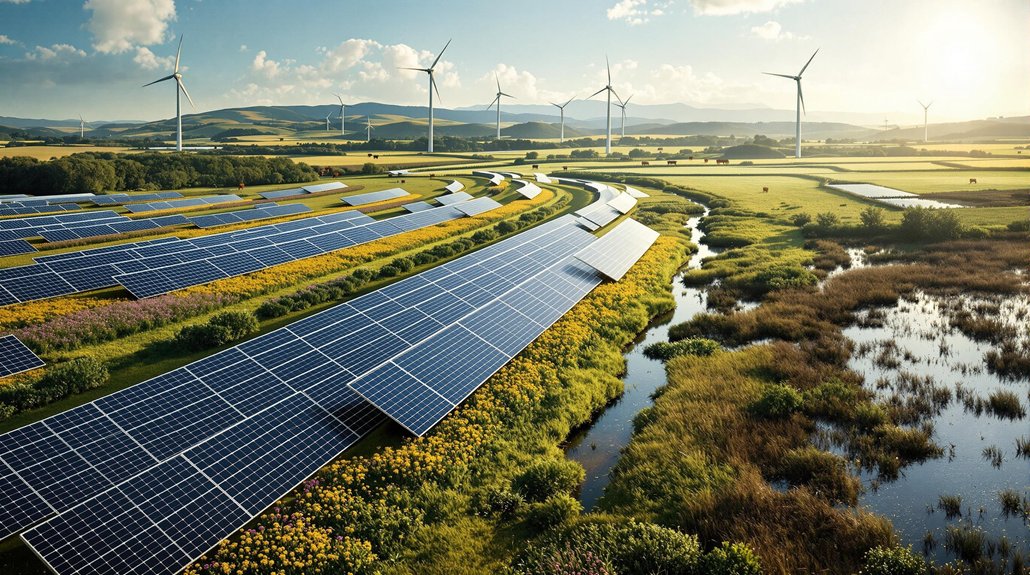Carbon credit companies are growing rapidly in a market projected to reach $250 billion by 2050. Leaders include Verra, Gold Standard, and American Carbon Registry. Major corporations like Microsoft and Amazon have invested heavily in carbon credits as part of their climate strategies. Innovative technologies from Climeworks and Pachama are transforming carbon accounting and capture. Despite challenges with additionality and permanence, these sustainability pioneers continue to evolve their standards and practices.

As the world grapples with climate change, carbon credit companies are growing rapidly in both size and importance. These companies create, verify, and sell credits that represent reduced carbon emissions. The global carbon credit market is expected to reach between $100-250 billion by 2030-2050, with voluntary carbon market revenues hitting a record $104 billion in 2023.
Verra stands as the largest carbon credit standard, having issued over 1 billion credits to date. Other leaders include Gold Standard, known for focusing on sustainable development benefits beyond carbon reduction. The American Carbon Registry specializes in U.S.-based projects, while Climate Action Reserve focuses on California but is expanding globally. Plan Vivo has made its mark by emphasizing smallholder and community-led projects.
Leading carbon standards shape the market, each bringing unique focus from global sustainability to community-led initiatives.
Innovation drives the carbon credit industry forward. Companies like Climeworks and Carbon Engineering lead in direct air capture technology. Blue carbon projects, which restore mangroves and seagrass, are gaining popularity. Blockchain technology is making an impact too, with firms like Indigo Ag and Nori using it in regenerative agriculture projects.
Major corporations have embraced carbon credits as part of their climate strategies. Microsoft aims to be carbon negative by 2030 and has become a major credit purchaser. Disney, Delta Airlines, and Samsung rank among top corporate buyers. Amazon has committed $100 million to restoration and conservation projects. More than one-third of the world’s largest publicly held companies have now declared net zero targets involving carbon credits. Statistics show that organizations utilizing carbon credits decarbonize twice faster than those that do not engage with the voluntary carbon market.
The industry faces important challenges. Questions about additionality (ensuring projects create new carbon reductions), permanence (long-term carbon storage), and the risk of double counting require ongoing attention. Critics worry that credits may allow companies to continue polluting rather than reducing emissions. Carbon offset projects can be categorized into natural offsets like reforestation and technological solutions such as carbon capture and storage.
New technologies are helping address these concerns. Satellite monitoring from companies like Pachama improves forest carbon accounting. AI and machine learning tools from Sylvera and BeZero Carbon assess project risk.
These innovations, along with evolving standards from groups like the Integrity Council for Voluntary Carbon Markets, are helping to strengthen the industry’s credibility as it continues to grow.
Frequently Asked Questions
How Are Carbon Credits Verified for Legitimacy?
Carbon credits undergo thorough verification by third-party auditors who follow strict standards like Verra’s VCS or Gold Standard.
They assess if projects meet key criteria including additionality, permanence, and accurate measurement. The process involves document review, site visits, and data validation.
New technology like satellites and blockchain is improving verification.
Each credit must prove it represents genuine emissions reductions that wouldn’t happen otherwise.
What Percentage of Credit Revenue Reaches Actual Climate Projects?
Studies show that the percentage of carbon credit revenue reaching actual climate projects varies widely. Estimates range from as low as 10% for poor-quality credits to 70-80% for high-quality initiatives.
Most intermediaries don’t disclose their fees or profit margins, creating significant transparency issues. With middlemen potentially taking 10-50% of credit prices, it’s difficult to track exactly how much money supports real climate action versus staying with intermediaries.
Can Individuals Purchase Carbon Credits Directly?
Yes, individuals can purchase carbon credits directly.
Online marketplaces like Gold Standard offer direct buying options. Retailers also sell small quantities to individuals, though prices vary from $3-$50 per ton of CO2 offset.
Alternative methods include carbon offset add-ons for flights, subscription services, and features through credit cards or ride-sharing apps.
However, individual buyers face fewer options compared to large corporate purchasers.
How Long Do Carbon Credits Remain Valid After Purchase?
Carbon credits typically remain valid for 100 years after issuance, though some protocols require 1,000-year permanence.
Credits stay valid until they’re retired to offset emissions. Once retired, they can’t be resold or reused.
Factors like forest fires can invalidate credits, which is why buffer pools exist as insurance.
Most buyers prefer recent vintages from the past five years, with older credits often selling at a discount.
Are Carbon Credits Tax-Deductible for Businesses?
Carbon credits may be tax-deductible for businesses under certain conditions.
Companies can potentially deduct carbon credits as ordinary business expenses if they’re directly related to operations. They might also qualify as charitable contributions when donated to nonprofits, or as marketing costs within sustainability strategies.
Tax treatment varies by country and situation. There aren’t clear federal guidelines in the US.
Proper documentation is essential, and recent law changes impact eligibility and reporting requirements.









